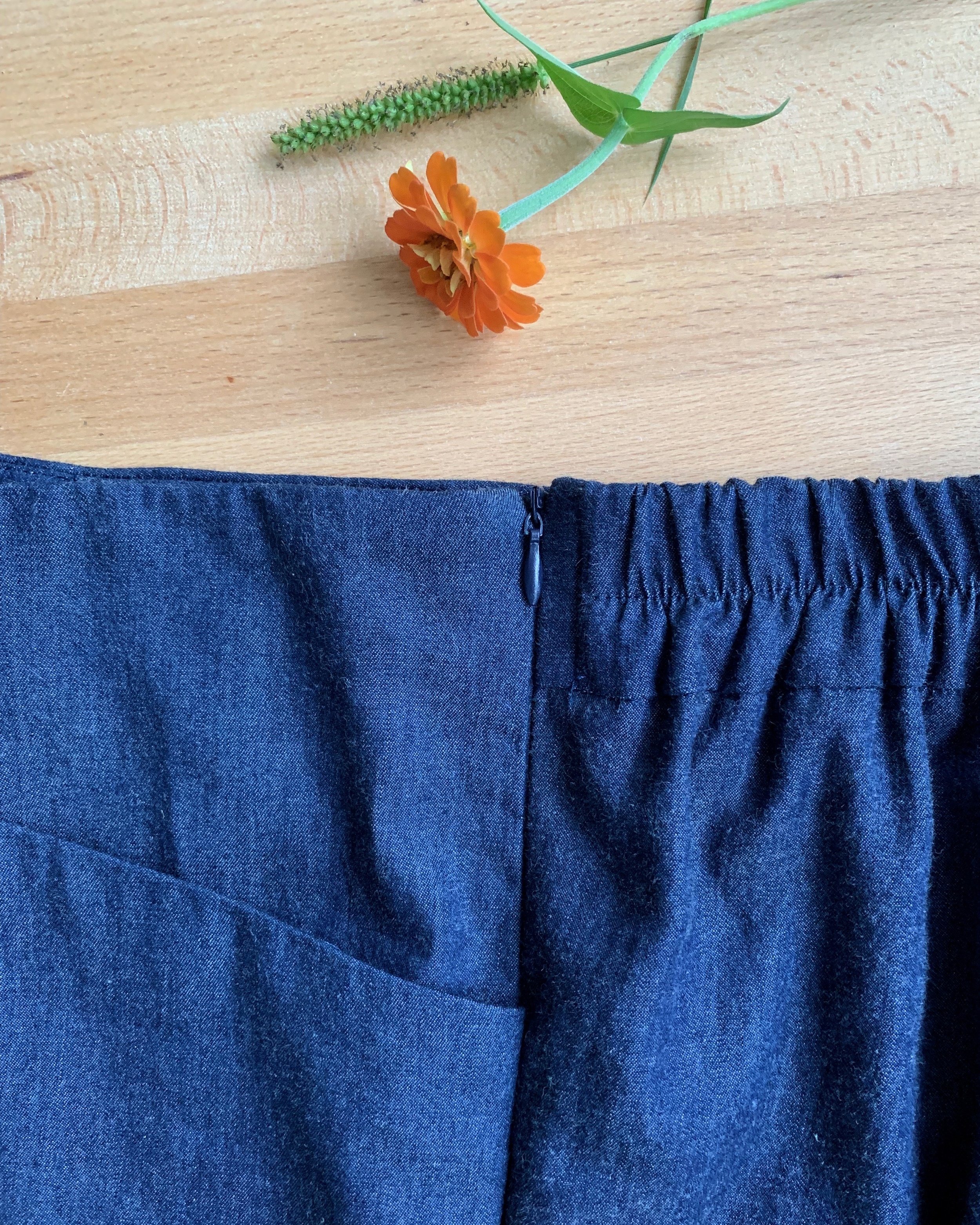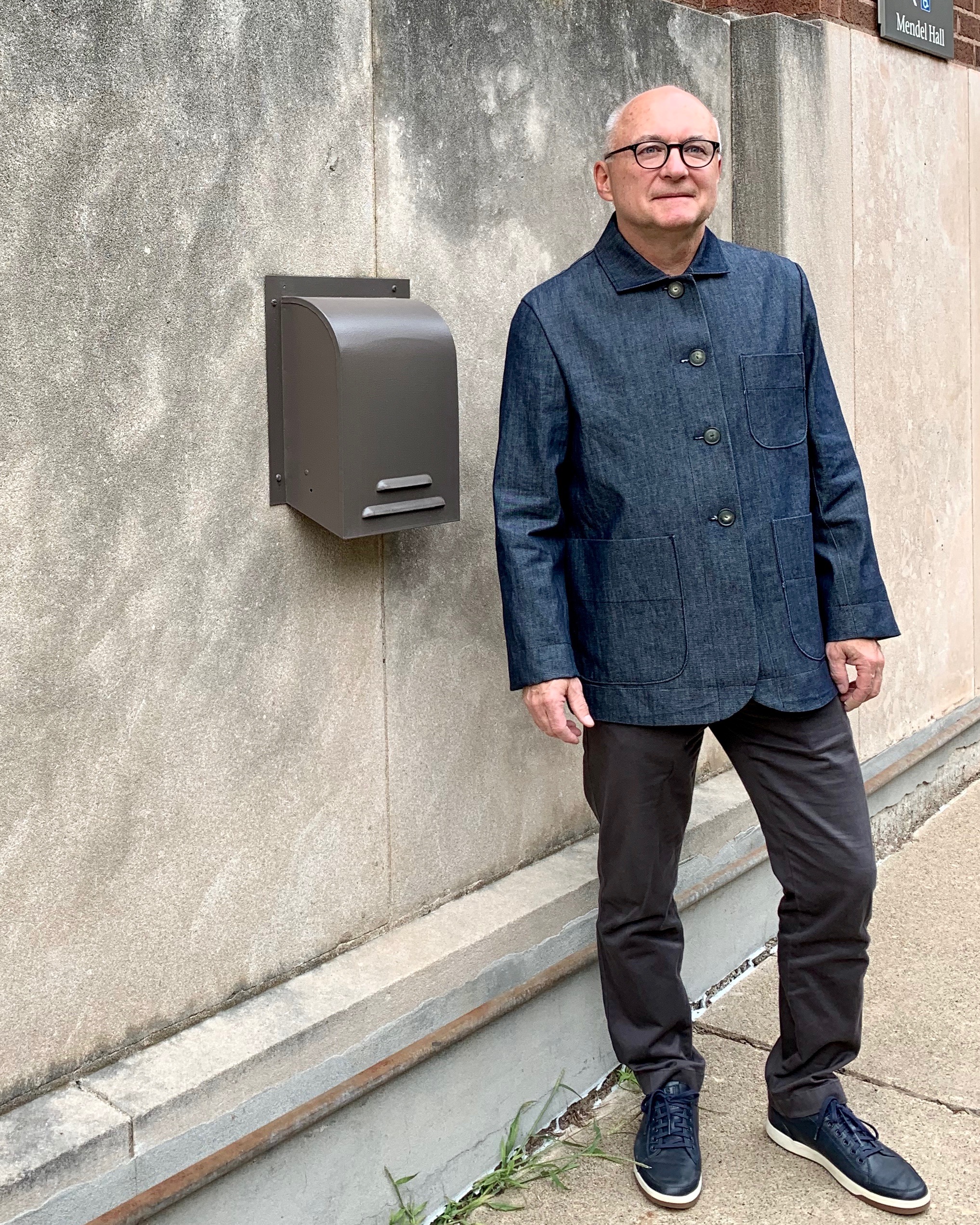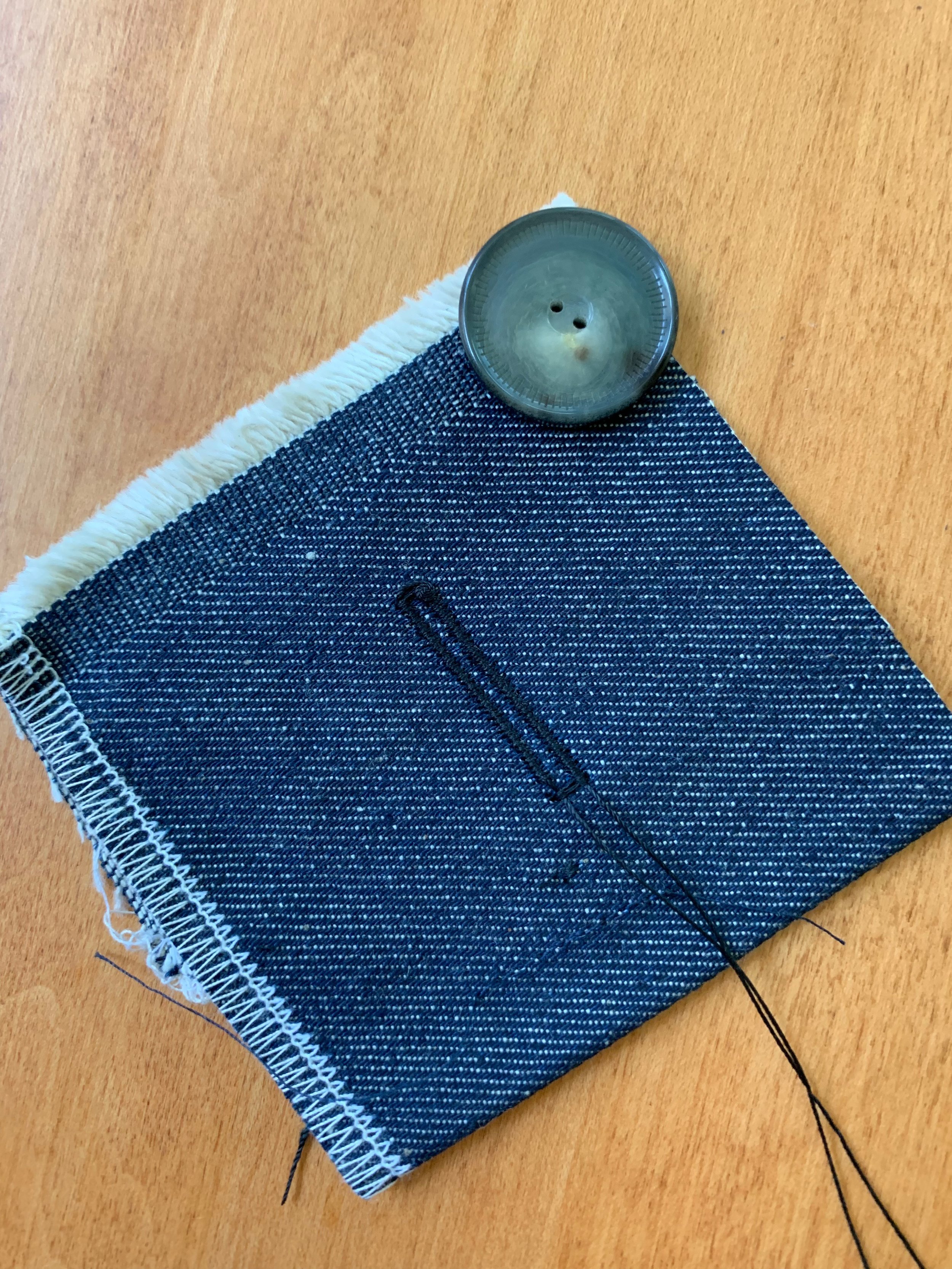Liberty Blouse Pattern Trifecta
/I have been making and wearing cotton shirts for ages. They tend to fall into one of two camps: 1) the button down -sometimes these lean a bit to the stuffy/workwear side; and 2) the boxy top with sleeve variations -sometimes these lean simple and perhaps a little shapeless. For this cotton top, I wanted a softer version of the standard button down. I imagined a blouse with a collar band- but no pointy collar- an easy popover style with soft gathers and a bit of shape. After scouring blouse patterns until I went a bit bleary eyed- I landed on not one, not two, but three patterns- to mash together for this Liberty project. The bright side is that I already own all these patterns- which makes sense, because – well — the design elements were calling to me
I like the collar band on McCalls 7360 – see how nice and flat it lays on the neckline! But I don’t want darts and I want a wee bit fuller blouse, so I like the soft gathers front and back on the McCalls 7324. But- I don’t love the pleat in front on that pattern. I also decided to pass on the two piece sleeve in both McCall’s patterns and prefer a simple (albeit pretty traditional) sleeve from the Grainline Archer.
My pattern mashing steps are elementary. I line up the shoulders and waist markings- in this case from McCalls 7324 and 7360. I used McCalls 7360 as the base -including collar and placket- and modified by adding fullness from 7324. I used the entire back piece from 7324. The sleeve cap from McCalls two-piece sleeve was nearly identical to the Grainline Archer sleeve, so I simply cut the Grainline sleeve and cuff pieces.
It is not the perfect blouse- but it is getting close.
Let’s take a moment to not only admire the great Liberty print, but extol the virtues of this Tana lawn. Tana lawn is the perfect fabric for blouse making. This cotton is woven so tightly, you never are in danger of fraying. The fabric is lightweight but incredibly stable , all seams are simple. French seams are also a breeze because there is no danger of slip sliding with this fabric.
Parting comments are confessional- I made an ENORMOUS pattern matching mistake. Kind of a forest for the trees issue. In fact, I un-picked the placket and re-attached it because I originally put the placket fabric in upside down. I think I stared at the fabric so intensely to determine what was up and what was down, that I TOTALLY missed the vertical design- see red flowers below. Oh man- I was devastated when I tried it on and noticed it. Sadly, my blouse is completely off. There is absolutely no way to salvage this- I used up all of the fabric. Liberty fabric is such an asset- this may get unpicked and transformed into something more perfect. But, I will wear it a few times as is- mostly to analyze this pattern trifecta for comfort and wearability.









































